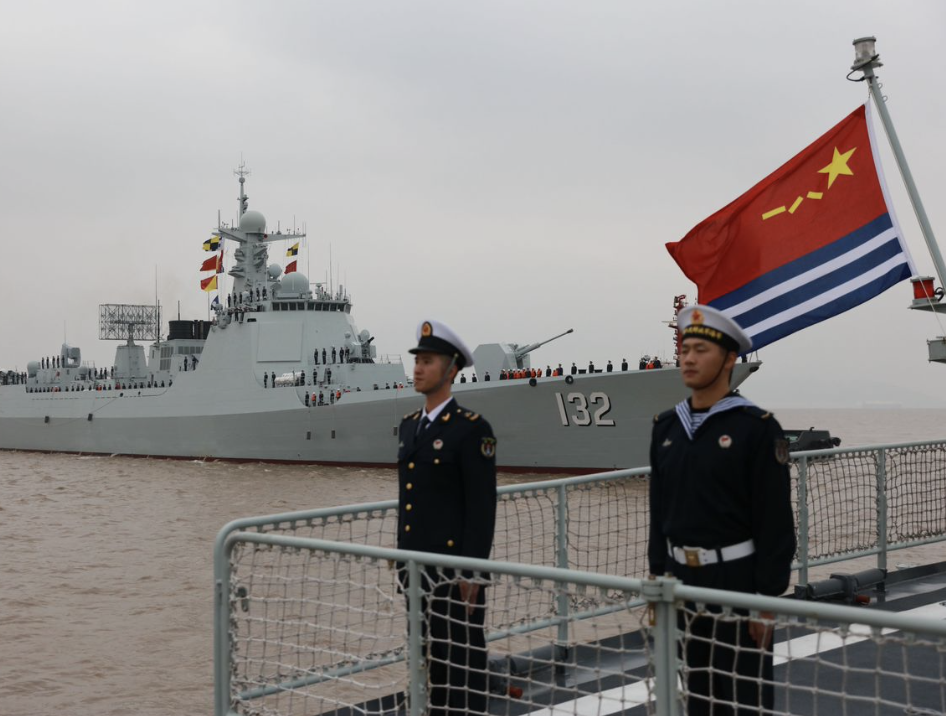The threats to global stability and the US homeland are growing. How will the war in Ukraine end? Can China and the US develop a less combative relationship? Join historian and Journal columnist Walter Russell Mead and editorial page editor Paul Gigot for an interactive conversation on the threats to US security.
But then Beijing has been stepping up its spending on defense for 20 years. The Pentagon reported last year that Beijing’s official military budget “nearly doubled” from 2012 to 2021. Analysts have estimated based on open source data that China spent about 1.7% of its economy on defense in 2021. Some claim this is no cause for alarm because it’s a pittance compared with the $800 billion the U.S. spends, which is roughly 3% of the economy.
But Beijing’s public disclosures are so unreliable as to be irrelevant, and in some sense every dollar in its economy is spent on defense. The government can appropriate private innovation for military purposes on command, giving it an advantage on everything from artificial intelligence to satellites.
The Pentagon has described this as a “military-civil fusion” strategy to leverage civilian infrastructure, technology and human capital. The Wall Street Journal’s story this week that the Pentagon is worried about sensors on Chinese-made cranes is an example of how Beijing tries to deploy every element of national power toward defense.
The same is true for conventional forces. China’s Navy is the largest in the world by ship count, and it is complemented by a large coast guard and fishing fleet that Beijing would command in a crisis. Recall the fishing trawlers that were the first Chinese boats on the islands in the South China Sea that Beijing has since built into military bases.
The goal is to produce a military that can project power beyond its own regional waters and supplant the U.S. as the decisive actor in the region. As retired U.S. Navy Adm. Harry Harris told Congress last month, Beijing “aims to set the rules” for Asia and “indeed the world.”
Beijing’s air power is also “rapidly catching up to Western air forces,” the Pentagon said last year, and the People’s Liberation Army rocket force is designed to push U.S. Navy and air assets out of the region in, say, a contest over Taiwan. China is exploiting advantages in Pacific geography to make any fight a brutal away game for American forces.
China is also backing up conventional power with a nuclear breakout that looks faster every year. The Defense Department’s 2022 estimate that China has stockpiled 400 warheads is double the figure from 2020. Sooner or later they could use those to borrow from Vladimir Putin’s playbook: Threaten to use nukes if Chinese forces are challenged, probably at the outset of a Taiwan conflict.
For years China was cautious about its military plans, biding its time to build its strength. These days it’s sprinting to take advantage of American complacency. War with China isn’t inevitable and would be a calamity, but to prevent it the U.S. will need to match China’s defense commitment. We’ll see this week when he unveils his defense budget if President Biden appreciates the urgency.
To see this article in its entirety and subscribe to others like it, choose to read more.
 Listen Online
Listen Online Watch Online
Watch Online Find a Station in Your Area
Find a Station in Your Area









 Listen Now
Listen Now Watch Online
Watch Online
